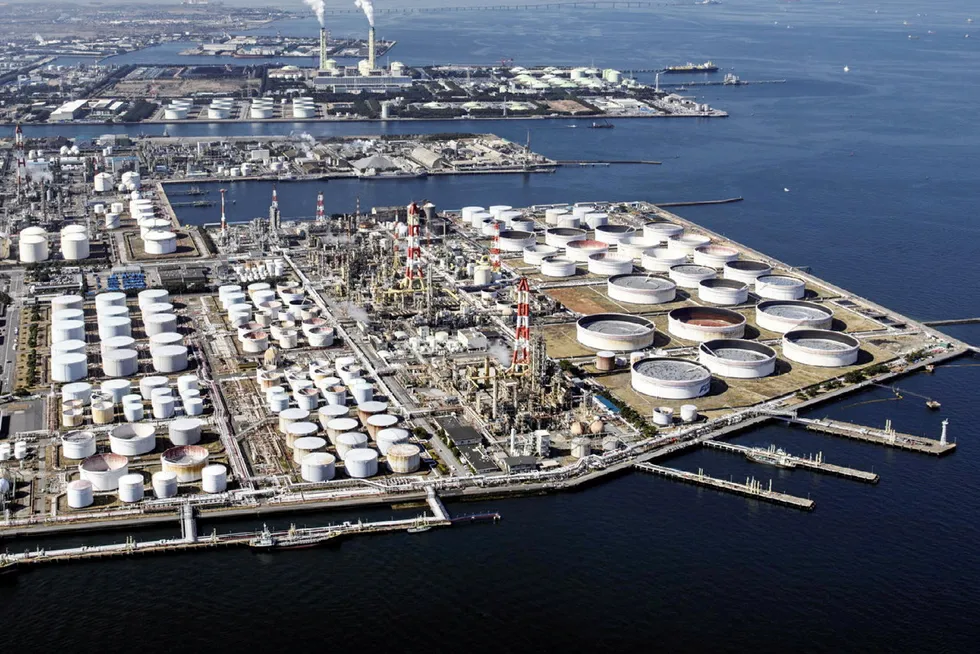OPINION | Greenwashing madness as 'low-carbon' ammonia shipped from Saudi Arabia to Japan to be burned at oil refinery
Aramco’s so-called ‘landmark achievement’ — based on hydrogen made from fossil gas with carbon capture and usage — will produce far more greenhouse gas emissions than it will save
